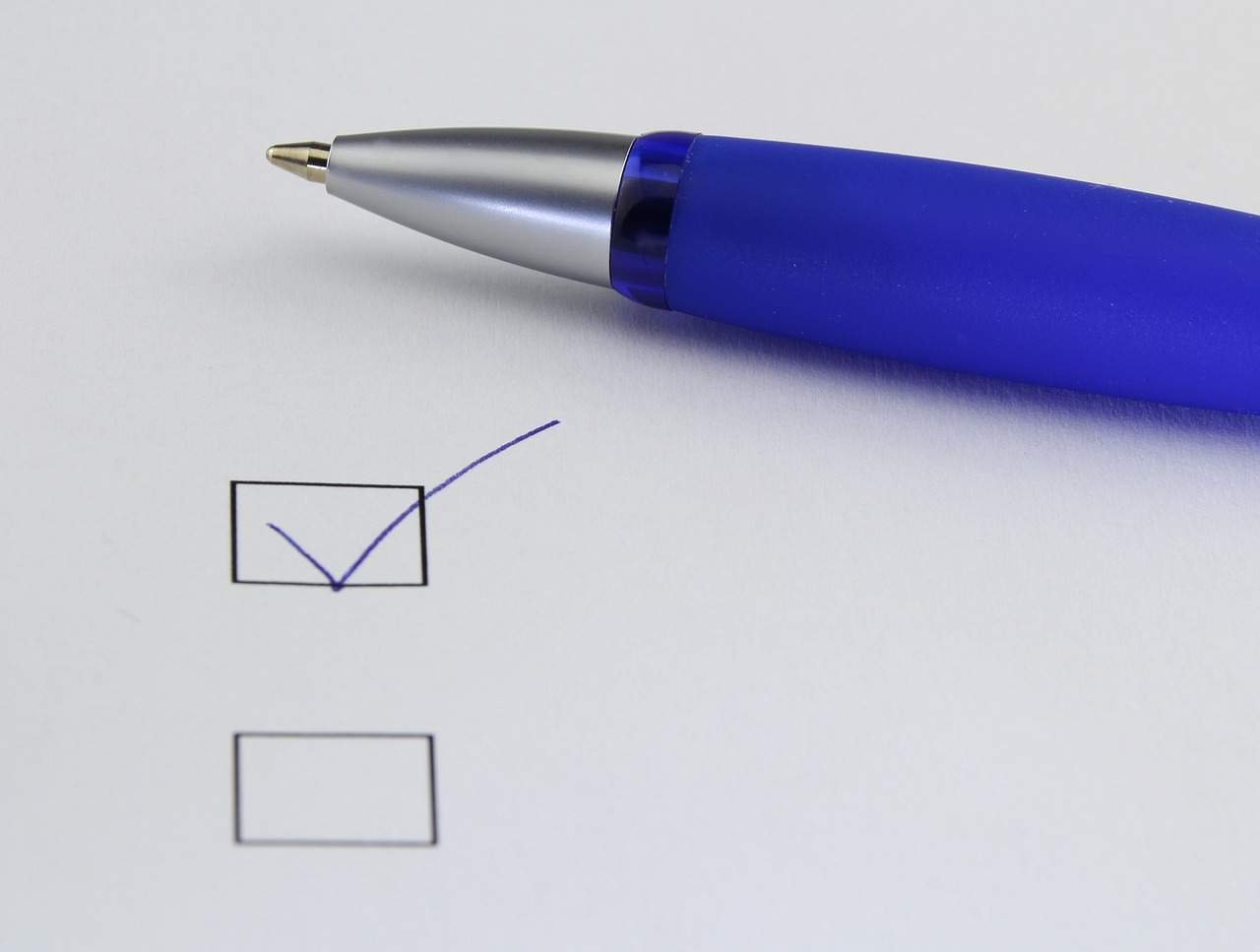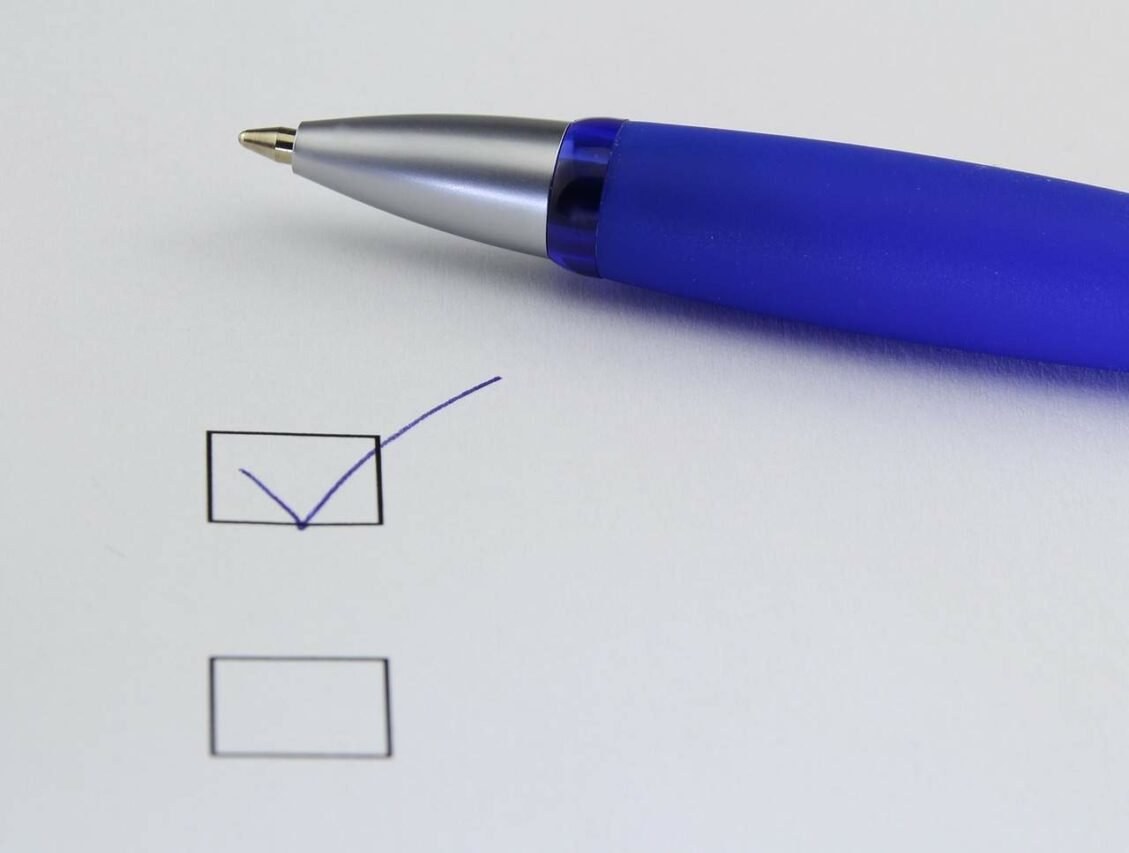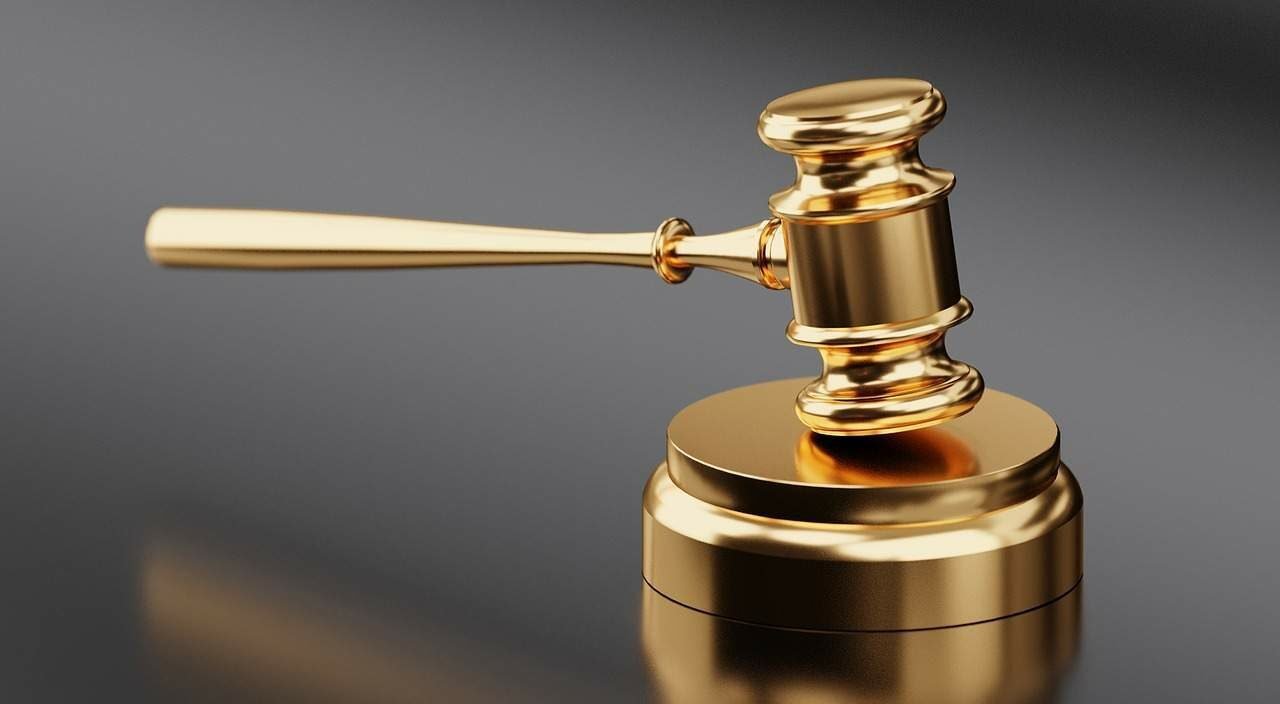In the age of intelligence, identify and authenticate individuals; everyone has become accustomed to using biometric features such as fingerprints and faces to verify and identify identities. In fact, from ancient times to the present, to prove “you are you” and identify “who you are”. People have come up with countless ways, so let’s first understand how ancient people identified a person’s identity.
Here are the articles to explain, we identify and authenticate individuals
Since ancient times, people have discovered biometrics. Such as fingerprints are more convenient and accurate than items and passwords as identity proofs. With the rapid development of science and technology, people have also found palmprints, faces, iris, voiceprints, gait, etc. Have unique and unique properties similar to fingerprints, which can use for identification and verification.
Entering the era of artificial intelligence, with the comprehensive application of high-tech means such as computers, optics, acoustics, biosensors, and biostatistics, biometrics, which uses “biological keys”. Such as the inherent physiological characteristics and behavioral characteristics of the human body, to realize personal identity. The identification technology has a broader space for technological development, few types of identify and authenticate individuals below are.
Fingerprinting: Top of the ID Evidence
Fingerprint identification is based on the feature points of fingerprints to identify. Due to the characteristics of fingerprints that remain unchanged for a lifetime and can restore after injury. As well as the perfection and ease of operation of fingerprint recognition technology. Fingerprint recognition has always been the most important biometric method, appearing in all aspects of life.
Moreover, since fingerprint features are difficult to obtain directly, and are more difficult to trace the source. It is not easy to associate with personal private information such as action trajectories. There is a broad development space for privacy protection and security, and it has attracted the attention of the biometrics industry.
Palmprint: password in the palm
Palmprint recognition is to use the features of lines, points, textures, and geometry of palmprints for identification. The most important feature is the features of lines. The clearest lines in the features of lines are, The lifetime does not change, and can still identify in low-resolution and low-quality images.
Due to the characteristics of simple sampling, rich image information, high user acceptance, not easy to forge, and less affected by noise. It has attracted extensive attention from researchers at home and abroad.
Palm Vein Recognition: A New Hotspot in the Field of Identity Authentication
Palm vein recognition uses the characteristics of hemoglobin in human blood to absorb near-infrared light to obtain palm vein images.
Since the palm vein is an internal physiological feature in the skin. It is difficult to obtain and forge, and it has its living information, so it has extremely high privacy.
Iris: the identity code is hidden in the eye
Iris recognition is mainly through the comparison of many interlaced spots, filaments, crowns, stripes, crypts, and other detailed features in the iris.
Since the iris formed in the fetal development stage. It will remain unchanged and unique for life, so it has a very high recognition accuracy. However, iris recognition greatly affects by the environment, such as light, glasses, or colored contact lenses, which will cause recognition difficulties.
Voiceprint: Hearing and Knowing People
Due to the complex mechanism of human vocalization, the voiceprint maps of any two people are different. Therefore, voiceprint comparison can perform based on features. Such as pitch, intensity, duration, and pronunciation method.
However, the characteristics of the voiceprint have variability, and the recognition process has a great impact on the recognition results due to physiological, psychological, camouflage, and other disturbances, and because the voiceprint can easily obtain from the telephone and recording, it has a high value in the application. security risks.
Face recognition: strong identity association
Due to the large changes in people’s faces, face recognition mainly compares parts such as the eyes, nose, mouth, and chin. As well as the features of these parts and the structural relationship between them, then identify and authenticate individuals. You can check out demos of such technologies at SkyBiometry.
Nowadays, the development of face recognition technology is becoming more and more mature. The method of extracting vectors based on deep learning can achieve extremely high accuracy and overcome the influence of various factors. Click here to find out whether face recognition technology can still work accurately when individuals have their eyes closed.
From the characteristics of the above biometrics, it can be found that compared. With other biometrics, fingerprint, palmprint, and palm vein recognition have the advantages of needing to know and being difficult to trace.
In addition, in terms of accuracy, due to the difference in the number of feature points. For example, the Dlib library stands commonly used for face detection to detect feature points. While a fingerprint usually has 80-120 features. The point, it has more advantages in recognition accuracy and larger storage capacity performance.
Face verification and face recognition are different in the process of face recognition. First, the concept of face recognition introduce, followed by a comparative analysis of face recognition and face verification, and the introduction of related concepts. Finally, for these two The evaluation process stands described.
Concepts of face recognition
Face recognition (Facial Recognition), that is, obtaining the user’s facial image through the video capture device. Then using the core algorithm calculates and analyzes the facial features, face shape, and angle of the face, and then compares it with the existing templates in its database Yes, to determine the real identity of the user. In the face recognition algorithm, after detecting the face and locating the key feature points of the face. The main face area can be cut out, and after preprocessing. It is fed into the back-end recognition algorithm. The recognition algorithm needs to complete the extraction of facial features and compare them with the known faces in the inventory to complete the final classification.
The principle of the face recognition algorithm:
The system inputs one or a series of face images containing unidentified identities. Several face images or corresponding codes with known identities are in the face database. And its output is a series of similarity scores indicating the identity of the face to be recognized.
Comparison of Biometrics
Previous studies have compared the application difficulties, distinguishability, permanence, ease of collection, acceptance, and ease of forgery of various biometric technologies. The study found that finger and palmprint recognition performed well in all aspects.
With the maturity and improvement of biometric technology. People began to pay attention to the security issues of identity recognition beyond convenience.
As an industry-leading artificial intelligence basic technology and platform company, Moqi Technology takes finger palmprint and palm vein recognition as the core innovates and develops irreversible, non-associated, and revocable biometric technology for privacy protection, and is committed to serving billions of people. Provide privacy-protecting, secure, and reliable next-generation identity authentication services.
Today, these technologies have been widely used in some important areas of the national economy and the people’s livelihood, and are the first to achieve second-level, high-precision, fully automated comparisons on the order of 2 billion fingerprints worldwide. In the future, Mokey Technology will continue to expand the application of non-contact finger, palmprint, and palm vein recognition, and further lead the future of the next generation of biometrics.






